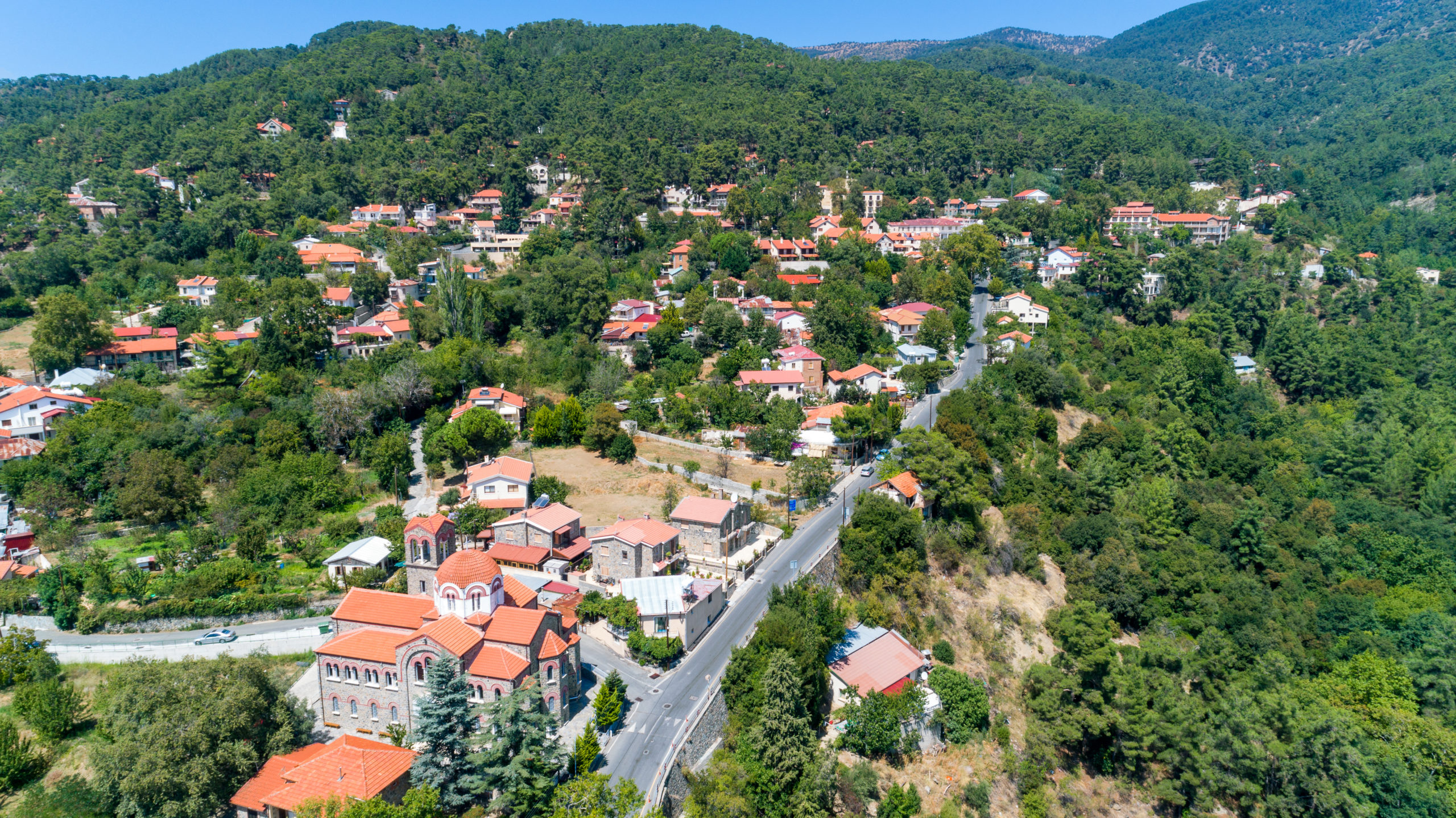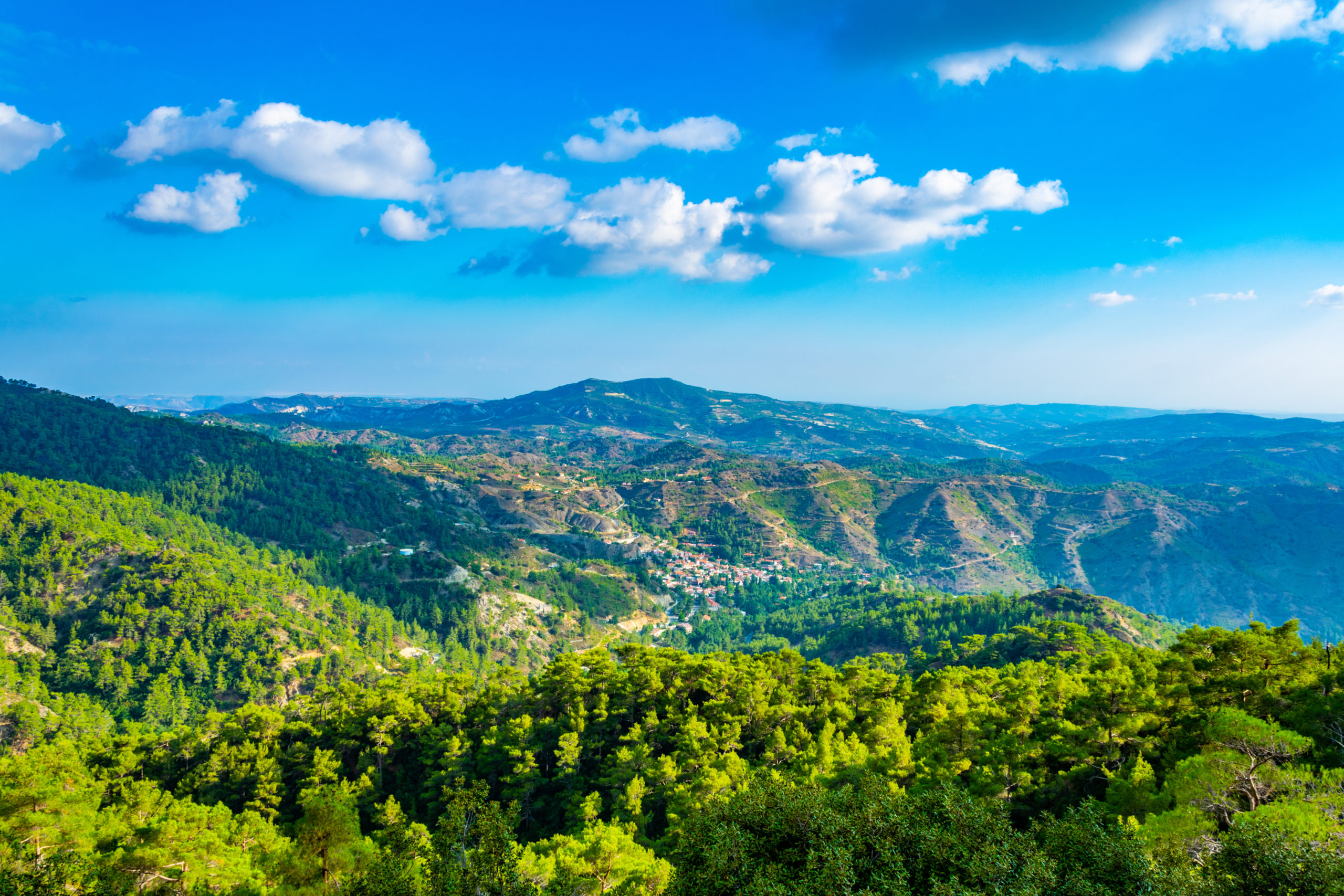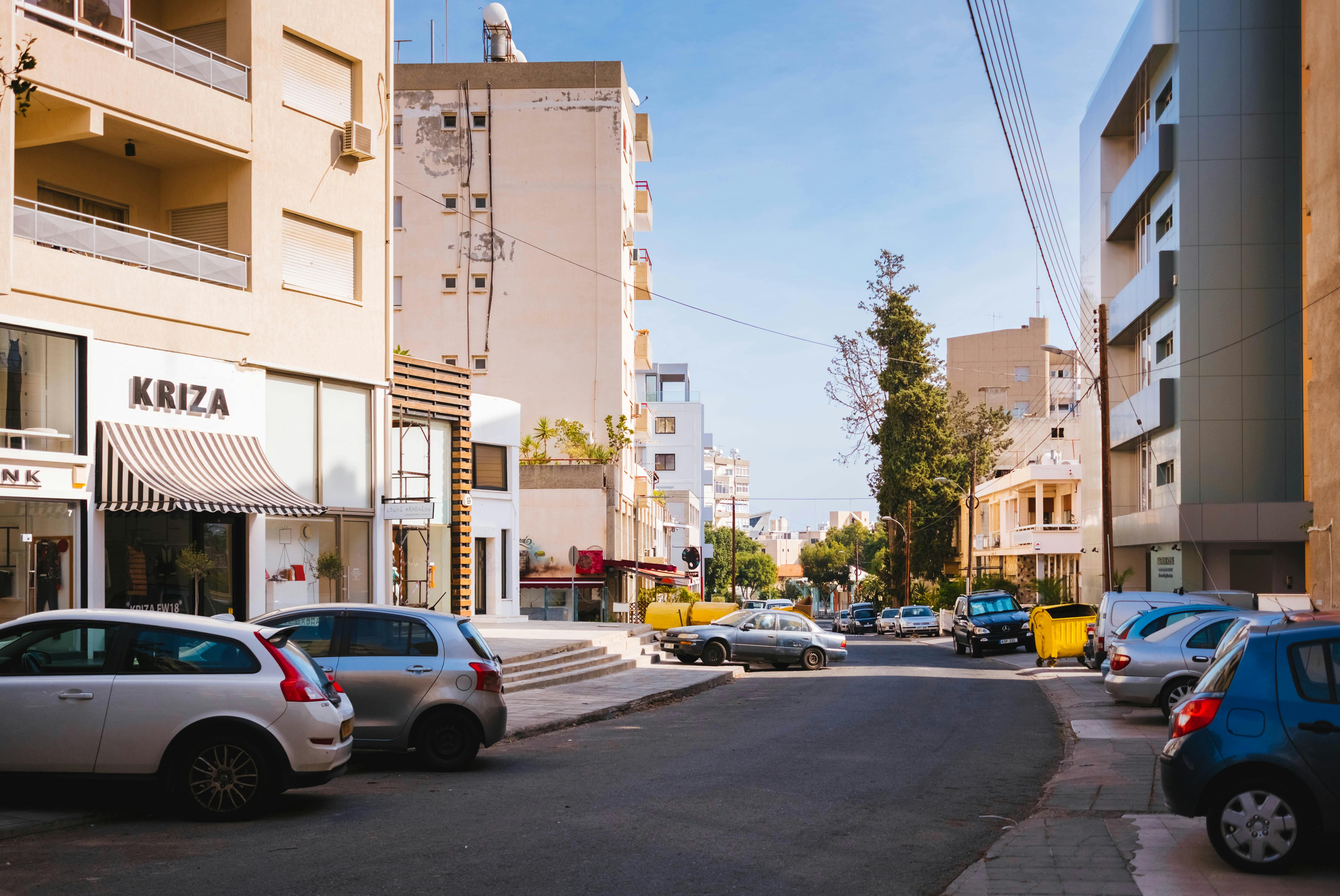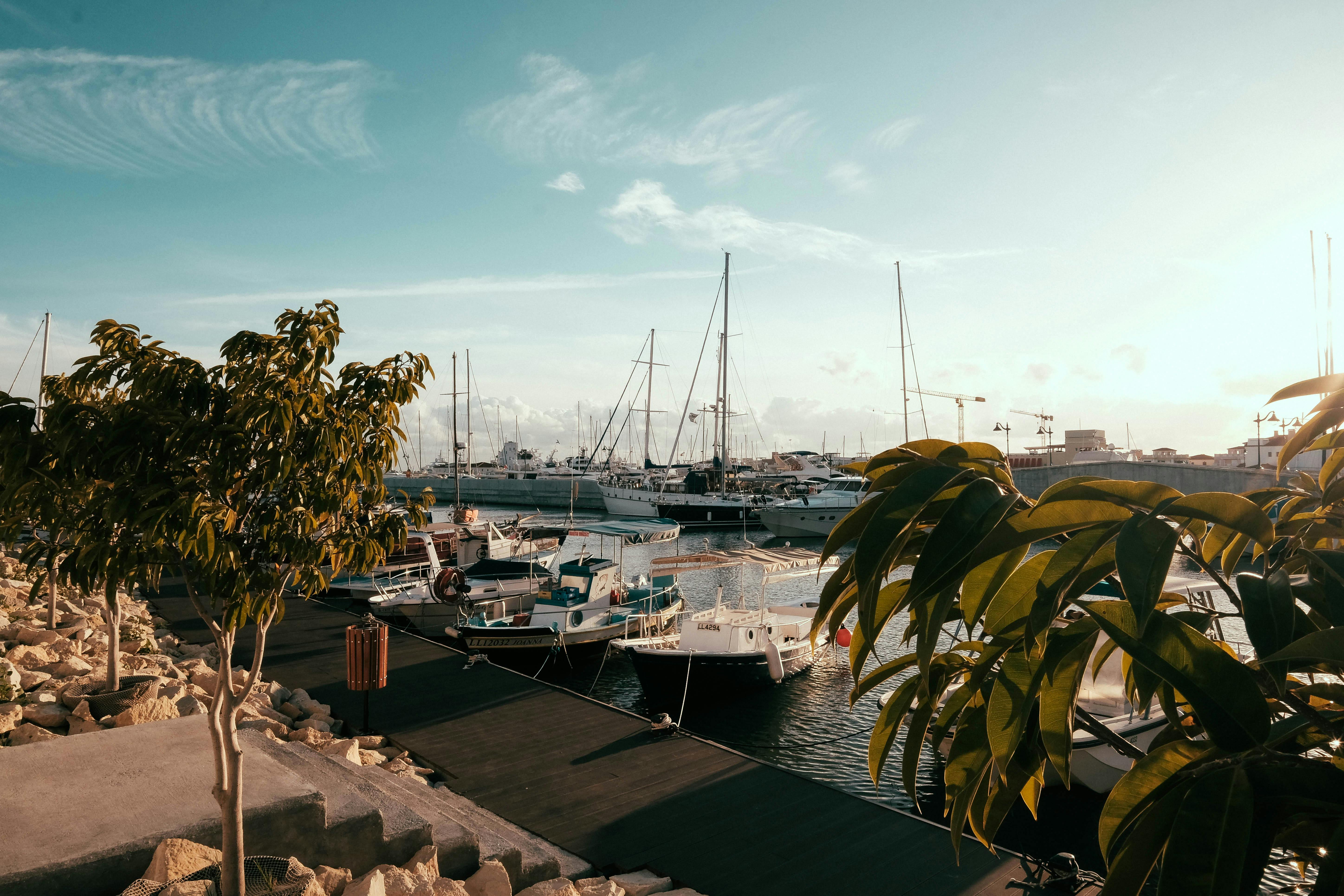The mountainous villages of Cyprus are as enchanting as they are mysterious. Sitting on the southern slopes of the Troodos Mountains is Platres, a village dating back to the 12th Century, which is now undergoing its own modern day renaissance.
As the largest populated area in the Troodos Mountains, it offers a cool alternative to Cyprus’ sizzling summers and an ideal skiing base in winter for the ski slopes close to Mount Olympus. The picturesque village is now experiencing a transformation of hotel developments and real estate projects. Discover why Platres needs to be on your property radar.
Ideal Location

Platres is one of the most sought-after locations by locals and foreign guests because of its location. At an altitude of 1,100 metres, it lies 25km northeast of the thriving port city of Limassol and 50km from the capital, Nicosia.
Dating back to the 12th Century and noted during the Venetian Period of 1489 to 1571,
Platres’ farming was originally based on grape vines. However, the fields were converted in the early 20th Century for fruits, such as peaches, apples, and cherries.
As a hill resort in which its population can swell to 10,000 at its peak during the tourism season, Platres is home to perpetual Krios River, one of the few rivers that flow all year round and a reliable source for drinking water.
Nature continues to retain an upper hand in these surroundings. Home to Caledonia, one of the island nation’s highest waterfalls, Platres is also renowned for stunning nature trails and the famous landmark of the medieval Milia Bridge.
Major Road Development
One of the most important developments of recent years, and helping to drive the renaissance of Platres and surrounding areas, is the long-awaited 22.5 km Limassol to Saittas motorway.
The motorway, running north of Limassol, was first mooted in the early 2000s. However, due to delays, it remained on the drawing board for another decade until the Government of Cyprus put the project out to tender in 2018.
The chosen route follows the existing road up to Alassa. From Zygos bridge, it routes east, bypassing Alassa, Lania, and Trimiklini and ending at Saittas. The four-lane highway, which includes bridges, tunnels, and secondary roads, will be built in three phases: Polemidia-Palodia, Palodia-Alassa, and Alassa to Saittas, at a total cost of €198m.
The Department of Public Works awarded the first phase, a 3.6 km long section from Polemidia to Palodia from the Palais de Sport to the Palodia exit, to contractor Cyfield Construction for around €30m.
Work, which began in September 2020 and scheduled for completion in 2024, includes a secondary road network of 7km, a flyover, an overpass, four roundabouts and supporting walls.
Phase two, an 8km stretch from Palodia-Alassa is set to begin in 2024, take four years to complete and cost €77.35m. Studies on phase three, the €89.2m 10.8km Alassa to Saittas element, are currently underway.
The motorway is not only seen as a lifeblood for villagers but will boost trade, tourism, and aid further modernization of the region.
Property Development
The first phase of the highway has already seen many developments, from educational to residential. These have included a new private primary school and a new state-of-the-art school complex accommodating all kinds of education. This project will include classrooms, workshops, art spaces, a music studio, a heated swimming pool, sports courts and a modern library.
Another private school campus is expected to develop its educational plans. The University of Limassol is embarking on a project with BBF for a new campus with student accommodation, a Research and Development Centre, single residential complexes, and commercial uses.
Rofeno Properties has unveiled a new €856 million development within the Agia Fila parish. The complex will include a private school, a European-branded rehabilitation Centre to support assisted living units, a research and innovation centre, business park, sports facilities, as well as a residential development.
‘Project Platres’
The buzz about Platres is growing day by day as more developments are announced and helping to turn this mountainous resort into a luxury destination. While hotel resorts, such as the Forest Park Hotel, which has changed ownership and is being transformed into a Swiss-style St. Moritz venue, are beginning to emerge, several property developments are gathering pace.

Property Gallery has recently made new purchases and investments, firmly establishing its presence in the resort. It has already renovated the historic Petit Palais Boutique Hotel in 2020 and the new Platres Arena.
The DTA Group is in the midst of its €98 million Guru Mountain Resort. A residential development covering 56,150 sqm, it will include luxury mansions, chalets, and apartments.
Another development given permission in 2024 was the Nightingale Residential Compound from Roomzly. Located within the Kouris Dam Reservoir’s protected zone and near the Millomeris waterfall and Troodos National Forest Park network, the project, over 48,290 sqm, will feature six properties.
Conclusion
Platres is undoubtedly undergoing major transformation with new properties and hotel investments.
In the past, it was a destination for notable people, including Nobel Prize-winning Greek poet Giorgos Seferis, King Faroul of Egypt, and acclaimed novelist Daphne du Maurier. Having earned the name “The Village of Kings and Poets,” Platres’ reputation is set to be crowned with a 21st Century transofrmation.






